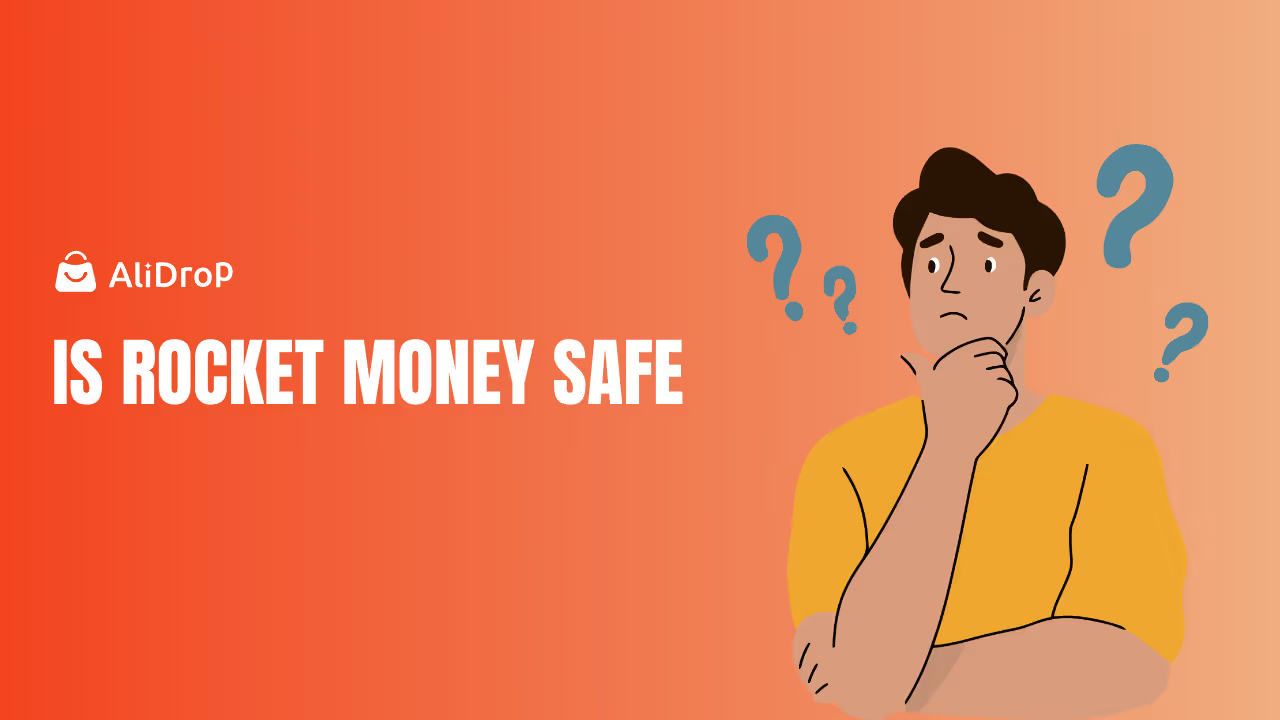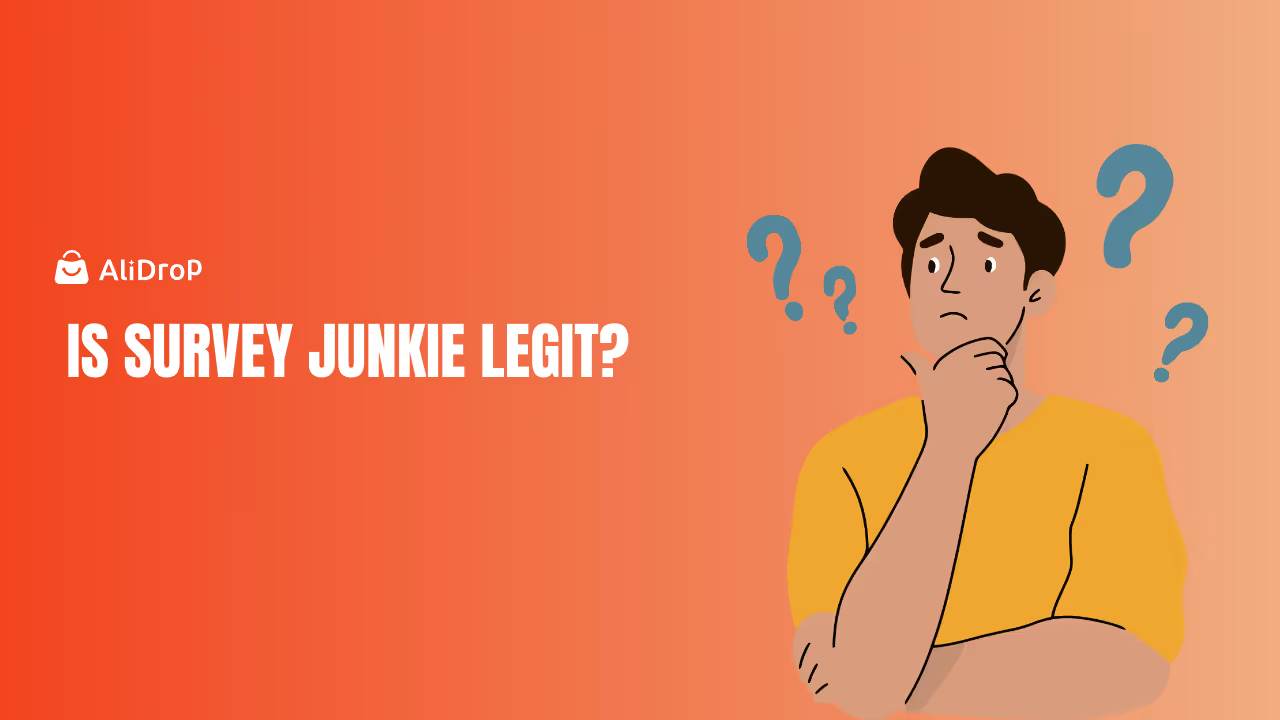Pricing a business for sale is one of the most critical steps in the business transition process. Whether you're ready to retire, pursue new opportunities, or simply cash out, determining a fair and realistic asking price is essential for a successful sale. However, pricing a business isn’t as simple as choosing a number out of thin air. It requires a thorough understanding of various valuation methods, industry benchmarks, and financial metrics.
In this guide, we’ll explore the most effective business valuation methods, including Seller’s Discretionary Earnings (SDE), EBITDA multiples, Discounted Cash Flow (DCF), and the Market Comparable Method. We’ll also walk through the critical factors affecting your business’s value and provide practical steps to ensure your business is priced to sell. Whether you're selling a small startup or a large, established enterprise, this guide will provide the essential insights you need to navigate the process of pricing your business for sale.

Understanding Business Valuation
Before diving into the various methods of pricing your business, it's important to understand what business valuation actually entails. Business valuation is the process of determining the monetary value of a business or company unit. A business valuation is typically conducted to understand how much the company is worth, especially when it is being bought, sold, merged, or liquidated.
Valuation considers both tangible and intangible assets, such as:
- Tangible assets: Physical items like inventory, equipment, and real estate.
- Intangible assets: Non-physical assets like brand recognition, intellectual property, customer loyalty, and proprietary technology.
Valuation methods vary depending on the type of business and industry, and an accurate business valuation is crucial for establishing the right price to attract serious buyers while ensuring that you don’t undervalue your business.
Key Valuation Methods for Pricing a Business
There are several different approaches to determining the price of a business. The most commonly used methods are:
1. Seller’s Discretionary Earnings (SDE) Method
The SDE method is most commonly used for small businesses, particularly those with annual revenues under $5 million. This method focuses on the total financial benefit to the owner and considers both business profits and personal expenses that might be tied to the business operations.
The process works as follows:
- Start with the business’s net profit (the bottom line).
- Add back any owner-specific expenses that are not part of the core operations. These could include the owner’s salary, benefits, non-recurring costs, or personal expenses that the owner has paid for using business funds.
The resulting number is the SDE, and it represents how much an owner can expect to earn from the business annually. The SDE is then multiplied by an industry-specific multiple to arrive at the business’s estimated value. This multiple typically ranges from 1 to 5 times the SDE, depending on factors such as industry growth potential, market stability, and risk factors.
Example
If a business has an SDE of $250,000 and the industry multiple is 2.5, the business's value would be $625,000 ($250,000 × 2.5).
SDE is especially useful for small businesses where the owner is deeply involved in day-to-day operations and is receiving personal financial benefits from the business.
2. EBITDA Multiple Method
The EBITDA multiple method is often used for larger businesses with higher revenues and more complex operations. EBITDA stands for Earnings Before Interest, Taxes, Depreciation, and Amortization, and it is a measure of a business’s operating performance. It’s a useful metric for buyers because it shows how much money a business is generating before accounting for external factors like taxes, interest, or depreciation.
This method involves:
- Calculating the business’s EBITDA for the most recent year or projected years.
- Multiplying the EBITDA by an industry-specific multiple, which is typically based on historical transactions of similar businesses.
The EBITDA multiple usually ranges from 3 to 6 times, depending on factors such as market conditions, industry standards, and growth potential. However, some high-growth or highly profitable businesses can see multiples as high as 10 or more.
Example
If a business has an EBITDA of $500,000 and the industry multiple is 4, the business’s value would be $2 million ($500,000 × 4).
This method is commonly used for businesses that have stable revenues, significant assets, and a well-established operational structure.
3. Discounted Cash Flow (DCF) Analysis
The Discounted Cash Flow (DCF) method is one of the most detailed and accurate ways to price a business. It involves projecting the business's future cash flows and discounting them back to their present value using a discount rate. This method is especially effective for businesses with predictable, long-term cash flows.
Here’s how the DCF method works:
- Project the business’s future cash flows over a specific period (usually 5 to 10 years).
- Select an appropriate discount rate that reflects the risk associated with the business.
- Calculate the present value of those future cash flows by applying the discount rate.
The DCF method is considered the most accurate because it takes into account future growth and potential risks. However, it’s also the most complex method, requiring detailed financial forecasting and assumptions about the business's future performance.
Example
If a business is projected to generate $200,000 in annual cash flow over the next 5 years and the discount rate is 8%, the present value of those cash flows would be lower than $200,000 because of the time value of money.
The DCF method is often used for established companies with steady cash flows but may not be suitable for startups or early-stage businesses without predictable earnings.
4. Market Comparable Method
The Market Comparable Method, also known as the Market Approach, involves comparing your business to similar businesses that have recently sold in the market. This method relies on finding comparable businesses (called comps) and applying their sales prices or multiples to your business's financial data.
The key steps in this method include:
- Researching recently sold businesses in the same industry and geographic location.
- Analyzing key metrics from these businesses (e.g., revenue, EBITDA, and SDE).
- Applying similar multiples (e.g., revenue multiple, EBITDA multiple) to your business’s financials.
This approach is often used by buyers and investors to quickly assess the value of a business, and it can help provide a reality check for business owners. However, the difficulty lies in finding truly comparable businesses, as even minor differences in size, location, or market conditions can significantly affect the valuation.
Example
If a similar business in your industry with $2 million in annual revenue was recently sold for $6 million, your business might be valued at a similar multiple (in this case, 3 times revenue), equating to a value of $6 million.
The Market Comparable Method is a useful tool for pricing a business in industries where there is plenty of data available from similar transactions.
5. Asset-Based Valuation
The Asset-Based Method is primarily used for businesses with significant tangible assets, such as real estate, equipment, or inventory. This approach calculates the business’s value by adding up the value of its assets and subtracting any liabilities.
The steps in this method are:
- List all of the business’s tangible and intangible assets, including equipment, real estate, inventory, intellectual property, and any other valuable resources.
- Subtract any outstanding liabilities or debts.
- The result is the business’s net asset value (NAV).
While this method is relatively straightforward, it may not fully reflect the business’s ability to generate income or its potential for future growth. It's most suitable for businesses with valuable physical assets or when a buyer is interested in acquiring the business's assets rather than its operations.
Example
If a business has assets worth $1 million and liabilities of $400,000, the asset-based valuation would be $600,000 ($1,000,000 - $400,000).
This method is typically used for liquidation or asset-heavy businesses like real estate firms or manufacturing companies.
Factors Influencing Business Value
When determining the value of a business, there are several key factors that can significantly influence the final price. Understanding and analyzing these factors is crucial to ensuring a fair and competitive valuation.
1. Industry and Market Conditions
Industry and market conditions play a vital role in determining a business's value. Businesses that are operating in growing, high-demand industries typically have higher valuation multiples. For instance, if you’re selling a tech startup in an emerging market with high future growth potential, you can expect a higher multiple than businesses in industries facing stagnation or decline.
- Growth Industries: Industries experiencing growth tend to attract investors looking for future gains. These businesses can command higher multiples based on expected profitability.
- Declining Industries: On the other hand, businesses in industries facing decline, such as print media or traditional brick-and-mortar retail, often face lower valuation multiples, as potential buyers might be concerned about the long-term sustainability of the business.
A thorough understanding of market trends, competition, and the long-term outlook for your industry is essential to determine how much weight market conditions will have on your valuation.
2. Financial Performance
Financial performance is one of the most significant factors that influence business value. Buyers are naturally attracted to businesses that demonstrate strong financial health and profitability. Key metrics like revenue, profit margins, and cash flow are critical indicators of how well the business is performing and its potential for future growth.
- Strong Revenue and Profitability: A business that consistently generates strong revenue and profitability is seen as more valuable, as it indicates a stable and reliable income stream. Consistent profitability often suggests that the business has a sustainable competitive edge.
- Cash Flow: Cash flow is especially important for buyers, as it represents the liquidity available to the business for operations, growth, and paying off debts. Positive and consistent cash flow makes the business more attractive and can increase its value.
- Minimal Debt: A business with low or manageable debt levels is typically valued higher because it carries less risk for the buyer. High levels of debt can be seen as a red flag because it may pose challenges in the future.
Therefore, businesses with strong financials—particularly those with growing revenue and profit—are more likely to secure a higher sale price.
3. Customer Base and Contracts
A loyal customer base and long-term contracts are highly valued by potential buyers because they provide predictability and stability. When a business has a strong, recurring customer base, it indicates consistent revenue generation, which is an appealing characteristic for buyers.
- Loyal Customer Base: Businesses that have repeat customers or a dedicated client base are considered lower risk. Buyers are attracted to the fact that the business has a history of customer retention and will likely continue to generate sales without much effort.
- Long-Term Contracts: If a business has secured long-term contracts with clients, suppliers, or service providers, this provides stability and reduces the uncertainty around future earnings. Contracts that extend for several years are often seen as a valuable asset because they guarantee ongoing business.
The more predictable and stable the revenue, the more attractive the business will be to potential buyers, which can significantly boost its value.
4. Brand and Reputation
A well-established brand can be one of the most valuable assets a business possesses. A brand with strong recognition and positive customer perception can increase business value by adding credibility, attracting new customers, and retaining existing ones.
- Brand Recognition: The stronger the brand recognition, the higher the perceived value. Consumers are more likely to trust a business with a recognizable and respected name. If the brand has a positive reputation and is synonymous with quality, this can contribute significantly to its marketability and price.
- Brand Equity: The goodwill associated with a brand—often called brand equity—is a non-tangible asset that can add significant value to a business. This includes consumer loyalty, market position, and customer trust.
When a buyer acquires a business with an established brand, they are not just buying the assets; they are also purchasing the brand’s reputation and customer base, which can expedite growth and profitability.
5. Intellectual Property (IP)
Intellectual property, including patents, trademarks, copyrights, and proprietary technologies, can greatly enhance the value of a business. IP assets often give the business a competitive advantage by protecting unique innovations, products, or services that competitors cannot easily replicate.
- Patents and Proprietary Technology: If your business holds patents or uses proprietary technology, this can increase its value by providing a sustainable competitive edge and potential for licensing opportunities.
- Trademarks and Branding: Registered trademarks protect the business’s brand and can prevent others from using similar branding or selling similar products, adding a layer of security and market exclusivity.
- Copyrights: Businesses that own original content, such as software, art, music, or written work, can monetize these copyrights, providing a future revenue stream for potential buyers.
IP is an asset that doesn’t depreciate and can create long-term value, making it an attractive factor in business valuation.
6. Management Team
A strong and experienced management team can significantly increase the value of a business. Buyers often look at the leadership of a company to determine its potential for continued success after the sale. If the management team is capable, experienced, and well-structured, it provides buyers with confidence that the business will continue to thrive post-sale.
- Experienced Leadership: A skilled management team reduces the risks associated with running the business. Buyers are willing to pay more for a business where the management team has a proven track record and is likely to continue operating the business successfully.
- Succession Planning: For businesses with key personnel in place, succession planning is critical. If a business has a management team that is ready to take the reins and continue the company’s operations seamlessly, it adds value.
Having a strong leadership team in place makes the business more attractive and can lead to a higher valuation, as it offers the buyer peace of mind that the business will operate effectively after the sale.
Steps to Pricing Your Business
Once you’ve considered the factors that influence your business’s value, the next step is to determine the actual price. Here’s how to proceed:
1. Prepare Financial Records
Accurate and up-to-date financial statements are crucial for determining the value of your business. Buyers will want to see clear financial records, including:
- Balance Sheet: A statement of assets, liabilities, and equity at a given point in time.
- Profit and Loss (P&L) Statement: A summary of revenue, costs, and expenses over a specific period.
- Cash Flow Statement: An overview of cash inflows and outflows.
Having these documents in order and ensuring that they are transparent will give potential buyers confidence in the legitimacy of your business and its financial health.
2. Choose the Right Valuation Method
Select the valuation method that best fits your business type and industry. Depending on whether your business is a small service provider, a tech startup, or a large manufacturing company, the valuation method you choose will differ. Common methods include:
- SDE for small businesses
- EBITDA multiples for larger businesses
- DCF for businesses with predictable cash flows
- Market Comparable for businesses with several comparable transactions
3. Review Market Conditions
It’s crucial to understand current market conditions and industry trends. A strong economy with favorable conditions for your industry can drive up business prices, while an economic downturn or industry challenges can lower prices. Consider consulting industry reports and talking to professionals in your sector to understand the demand for businesses like yours.
4. Seek Professional Assistance
While it’s possible to value your business independently, consulting with business valuation experts, accountants, or brokers is highly recommended. These professionals bring experience and objectivity to the process and can help ensure you price your business fairly while maximizing its value.
5. Set a Realistic Asking Price
Once you have completed your valuation, set an asking price that aligns with the current market and business conditions. Keep in mind that the asking price should be attractive to potential buyers while reflecting the true worth of your business. A realistic asking price can help you avoid prolonged negotiations and ensure a quicker sale.
Conclusion
Pricing a business for sale is an art as much as it is a science. By understanding and utilizing the right valuation methods, you can determine a fair price that reflects your business’s true worth and attracts potential buyers.
Whether you choose to use SDE, EBITDA multiples, DCF analysis, or the Market Comparable Method, remember that the goal is to strike a balance between fair value and a competitive price. Working with professionals and considering market conditions will help you navigate the process and achieve a successful sale.
FAQs for Pricing a Business for Sale
What factors should I consider when pricing my business for sale?
When pricing your business, consider factors such as industry conditions, financial performance, customer base, intellectual property, and the strength of your management team. These elements can significantly impact your business's value.
What is the most common valuation method for small businesses?
The Seller’s Discretionary Earnings (SDE) method is commonly used for small businesses. It calculates the total financial benefit to the owner by adjusting net profits to include owner-specific expenses.
How do market conditions affect the price of a business?
Market conditions, such as industry growth, economic stability, and buyer demand, can influence the valuation of a business. A growing market can result in higher valuation multiples, while a struggling industry can lower the business’s value.
Can I price my business without professional help?
While it's possible to price your business on your own, consulting with business valuation experts, accountants, or brokers is highly recommended. They can provide an objective and accurate valuation, ensuring that you don’t undervalue or overprice your business.
What role does intellectual property (IP) play in business valuation?
Intellectual property, including patents, trademarks, and proprietary technology, can add significant value to your business. IP provides competitive advantages and can create new revenue streams, making it a valuable asset during the sale process.






















